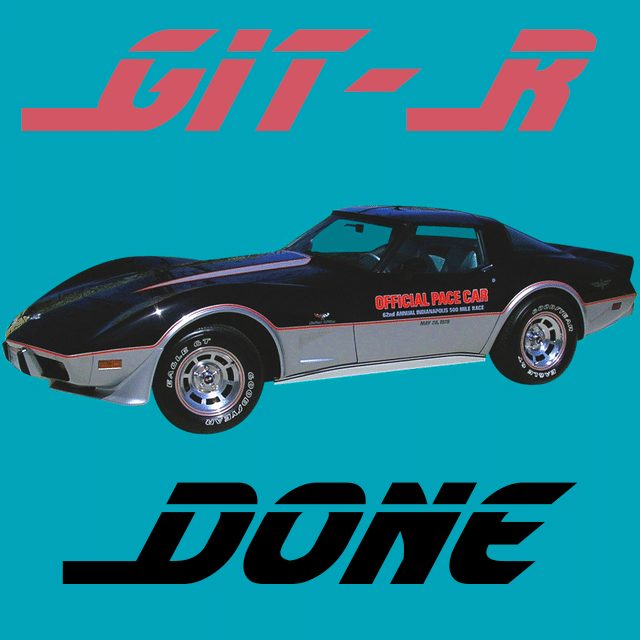This excerpt from my memoir, Amnesty Day, was originally posted on the TODAY Show website.
When my daughter, Fifer, was young, we were very close. I was among the first wave of fathers to do at least 50 percent of the childcare as my wife was pursuing her graduate degree in psychology … and those doctorates take time! When Fifer was little, we collected bouncing balls and Spongebob-themed stickers. When she got a little older, we invented our own card game (based loosely on Gin Rummy) and kept adding new rules that only we understood.

When Fifer became a sophomore in high school, however, I began to feel her pulling away. It wasn’t just about boys—I got that. It was about the things she thought she shouldn’t tell me. The things she thought she couldn’t tell me.
And so I introduced a calculated gamble. On the last day of every month, which we called Amnesty Day, she got to tell me anything she’d done that wasn’t what she was supposed to do—and not get in any trouble for it.
We talked through what happened and what choices she could have made differently, and that was it. On that day only, she didn’t get guilted, or yelled at, or grounded for not following the rules.
On Amnesty Day, I heard about the night she wandered around Providence on the drug ecstasy wearing only her socks for footwear. I learned who bought her fake I.D. I also got to go through the whole moral anxiety attack with her when she took something that didn’t belong to her.
Her school held well-meaning sessions on how to get your kids to open up to you, but the strategies seemed better suited to an earlier age. Another parent who had heard about my approach asked me, “Does Amnesty Day actually work?”
I told her the story of walking up to my daughter on the beach at a family reunion.
I asked Fifer, “Have you been partaking in any drugs or alcohol today?”
She was sitting with her friend on the lifeguard chair.
“I don’t care what the answer is,” I continued. “I just need the truth.”
She said, “I had one drink that was 4.5 percent alcohol two hours ago.”
I said, “Great. Don’t have anything more, because you’re driving your mom home. She’s had a long day.”
I gave Fifer advice, of course. Like not to let anyone give her a drink that she didn’t see being poured and never to leave her drink unattended. And how to not get separated from the group she went out with and to always keep a buddy by her side. What else are you going to do with a kid who will be leaving home shortly?
I could see college coming out of the corner of my eye. They say that a teenager’s brain hasn’t yet closed. Teens haven’t evolved all of their prefrontal cortex, which controls decision making and influences foresight. Yet we send them off to school to live only with other kids their own age. It is an experiment that sometimes backfires.
I didn’t want my input to be cut off. I wanted my kid to be the one who kept her head on her shoulders. College was a time of freedom for me which I did not use particularly wisely. I got in trouble with the law. I had a drug overdose. My confidantes weren’t much better adjusted than me. Some of us didn’t make it out of our twenties. There had to be a better way.
When the last week in the month rolled around, Fifer would sometimes tease a forthcoming revelation: “I got a good Amnesty Day for you this month.” That made my blood run cold as a parent. Of course, there was no such thing. All Amnesty Days were bad, after a sorts. But I had to be true to my word: no repercussions.
I couldn’t ask her, “What were you thinking?!?” At least, not in the tone in which that is usually said. I had to ask her, What were you thinking? In the sense of, What motivated you? And then, a funny thing happened. I started to ask myself the same question.
Why did I do the things I did? Why did I engage in dangerous stunts or make life unnecessarily hard on myself?
The result was transformational for me. I started writing my memoir. Between the thinking and feeling that invited and the old friends I reached out to after so many years to say hello and/or check details, the story of how I came to be me started shaping up. My relationship with my daughter was the amnesty I had been searching for, a chance to start over again, to let the light back into my life.
Amnesty Day is about second chances, about holding expectations for people lightly until they have them of themselves. I am happy to report that I like who Fifer has become. I like her boyfriend, her college roommates, her work ethic, the warmth she exudes (but she can still stand up for herself).
I have full faith in the choices that she makes. And she and I are as close as ever. I recently guest hosted on her college radio program and she surprised me with a pop quiz about the music we had loved when she was growing up, driving around on our bonding adventures. (I got a solid B.) I credit Amnesty Day with bringing that magic back into our lives and ensuring we could keep it.





